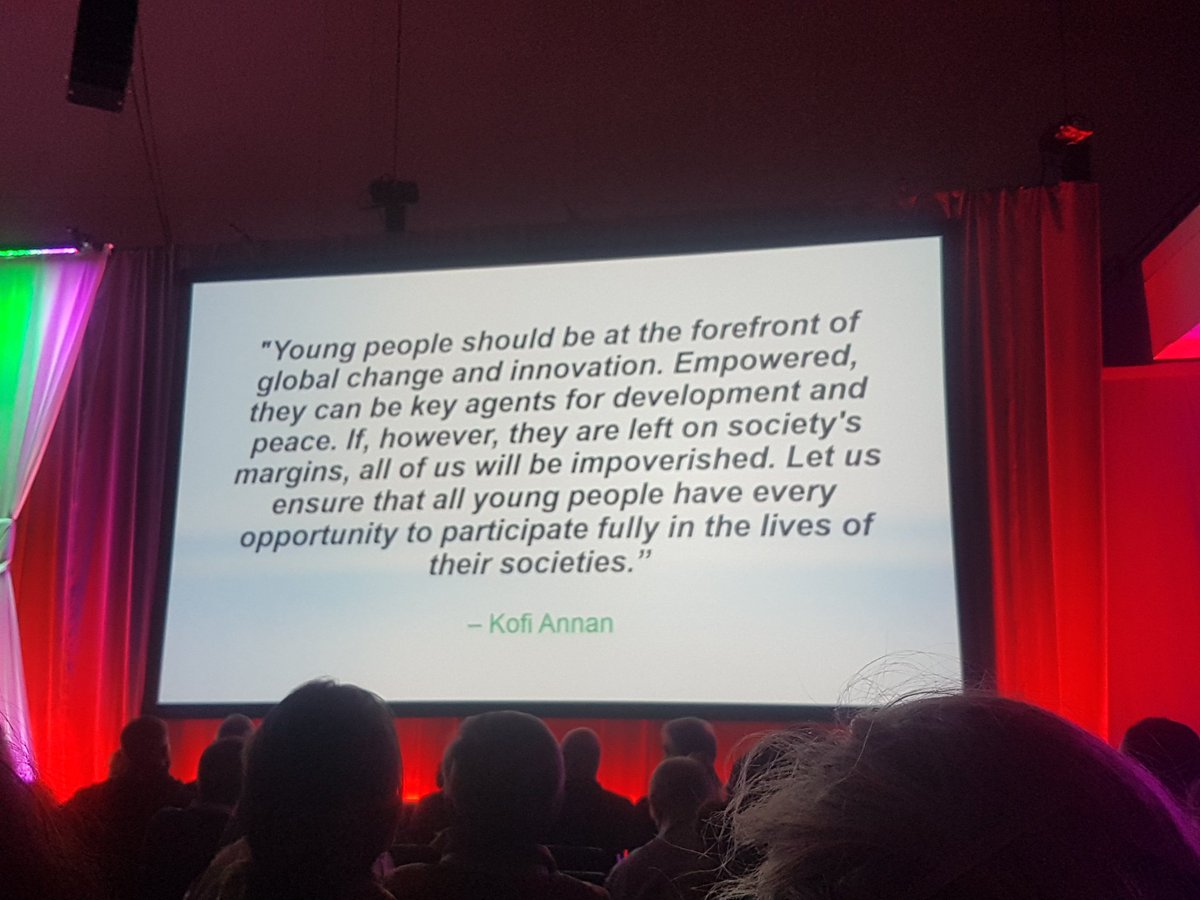LIVE OF THE CROI 2018: SUNDAY, MARCH 4, 2018
Christina Psomas, MD, PhD is our “grand reporter”
Christina PSOMAS
Institut of Human Genetics, CNRS – Montpellier University
Montpellier, France
The 25th CROI was inaugurated in cloudy Boston by Serena S. Spudich with the Program Committee Workshop for New Investigators and Trainees.
Janet Iwasa (University of Utah, Salt Lake City, UT, USA) of the CHEETAH consortium, expert on Molecular Visualisation, presented a breathtaking musical animation of the viral life cycle, which is part of the Science of HIV project aiming to use animated visualisations and illustrations to captivate, inform and educate diverse audiences.
Alexandra Trkola (University of Zurich, Zurich, Switzerland) highlighted major advances in immunology, namely the importance of targeting early infection events, neutralizing antibody response especially by means of broadly neutralising antibodies (bnAbs) that only develop in some patients and are not thus far induced by vaccination, but display promising results in therapy and prevention. Mechanisms of early CD8+ T-cell control induced by CMV based HIV vaccine and anti-alpha-4/beta-7 antibody-mediated sustained virologic control and immune preservation also concern hot topics that are updated during the conference.
Richard E. Chaisson (Johns Hopkins University, Baltimore, MD, USA) presented advances in tuberculosis (TB) treatment and prevention. TB is now the leading infectious cause of death globally and far ahead HIV, according to the WHO Global TB Report 2016. Globally, the estimated number of cases of TB in 2016 is over 10 million, and TB burden is responsible for close to 2 million deaths, with a Case Fatality Ratio extremely high throughout Subsaharian Africa. Approaches to control global tuberculosis combine TB Case Detection by improved diagnostic technologies, improved treatment with shorter durations, and prevent infection of high risk individuals (control susceptibility, vaccination), even if the pool of latently infected individuals still remains
Wafaa M. El-Sadr (ICAP at Columbia University, New York, CA, USA) talked about the evolving global HIV epidemic and remarkable progress in terms of HIV prevention. Decreased risk of transmission especially by means of ART and increased ART coverage, as well as decreased risk of acquisition by means of topical or systemic Pre Exposure Prophylaxis (PrEP) depend on considering ever step of the HIV Care Continuum at a populational level. Adherence may explain disparate findings between different PrEP studies among women, and risk perception/assessment is critical in order to initiate or maintain primary prevention. Efficacy of PrEP may also be influenced by biological factors, such as vaginal microbiome, inflammation and pharmacokinetics of ARVs. The way forward now focus on combination (biomedical, behavioural and structural interventions) and integrated strategies (package of interventions wrapped around ART or primary prevention in order to find, link, retain and ensure high adherence of the population at risk) as a way to really achieve the potential impact on new infections. We also need to focus on Precision Prevention (Where? Who? How? What?), since informations that we possess should guide us as to which geographic areas we need to focus our interventions, which specific population should we target, what models of prevention we need to adapt and what type of tools we need to use.
Huldrych F. Günthard (University of Zurich, Zurich, Switzerland) described advances (or not) in HIV cure. Challenges still persist concerning the size of the latent HIV-1 reservoir (HIV+ defective? HIV+ latent replication competent? HIV+ productive infection?), its access, as well as its eradication. Highly sensitive assays can detect HIV RNA in plasma and cell associated RNA (PBMCs, lymphnodes, and gut) despite suppressive ART, and the range of infected cells concern “true” latent cells, productively infected cells, as well as intermediates which are partially active cells without any virus production. The latent reservoir decay is very slow, because it is refilled by long lived clonal expansion, and low level replication, which still is a debate. Major technical challenges concern measurement of the reservoir because all assays to date provide only a surrogate estimate of the latent reservoir and currently ART stops the only way to finally test whether cure has occurred. We all know that the HIV latent reservoir needs to be eliminated but we currently only have strategies for reducing the latent reservoir, that consist of early ART, shock and kill strategies, therapeutic vaccines, blabs with effector functions, immune modulation (DARTs, Immune Checkpoint Blockade Antibodies) and direct targeting of infected cells.
Judith S. Currier (University of California Los Angeles, Los Angeles, CA, USA) commemorated the 25 years of CROI Conferences since the first one in 1993, from December the 12th to 16th, in Washington, D.C. The 25th CROI counts 4075 registered attendees from 78 countries and did the first contest of CROI backpacks photos around the world.
Julie M. Overbaugh (Fred Hutchinson Cancer Research Center, Seattle, WA, USA), recipient of the Bernard Fields award talked about the potential of international collaborations for HIV prevention, particularly regarding studies of Mother To Child Transmission (MTCT). The Nairobi Breastfeeding Trial (NBT) was a randomised clinical trial demonstrating that breastfeeding doubles the risk of infant infection, that infants have poor outcomes if they acquire HIV early in life, as well as clinical and viral correlates of infant infection risk. MTCT also provides an opportunity to study passive antibodies and their impact on infection and disease. Levels of ADCC and Neutralizing Antibodies (NAbs) were evaluated in the NBT; even if a difference in ADCC was found, this difference was not statistically significant between infected and uninfected infants, but in infants who acquired HIV, passive ADCC antibody activity was correlated with survival. On the contrary, recent studies do not give a clear answer regarding NAbs and MTCT, apart the fact that infants develop broad NAb responses more commonly, faster than adults and that infant NAbs exhibited lower levels of somatic hypermutations (SHM). In the same study was found that a very small amount of SHM was needed to drive the neutralisation potential and the breadth in this infant antibody lineage (3%), in the range that should be achievable with vaccination.







